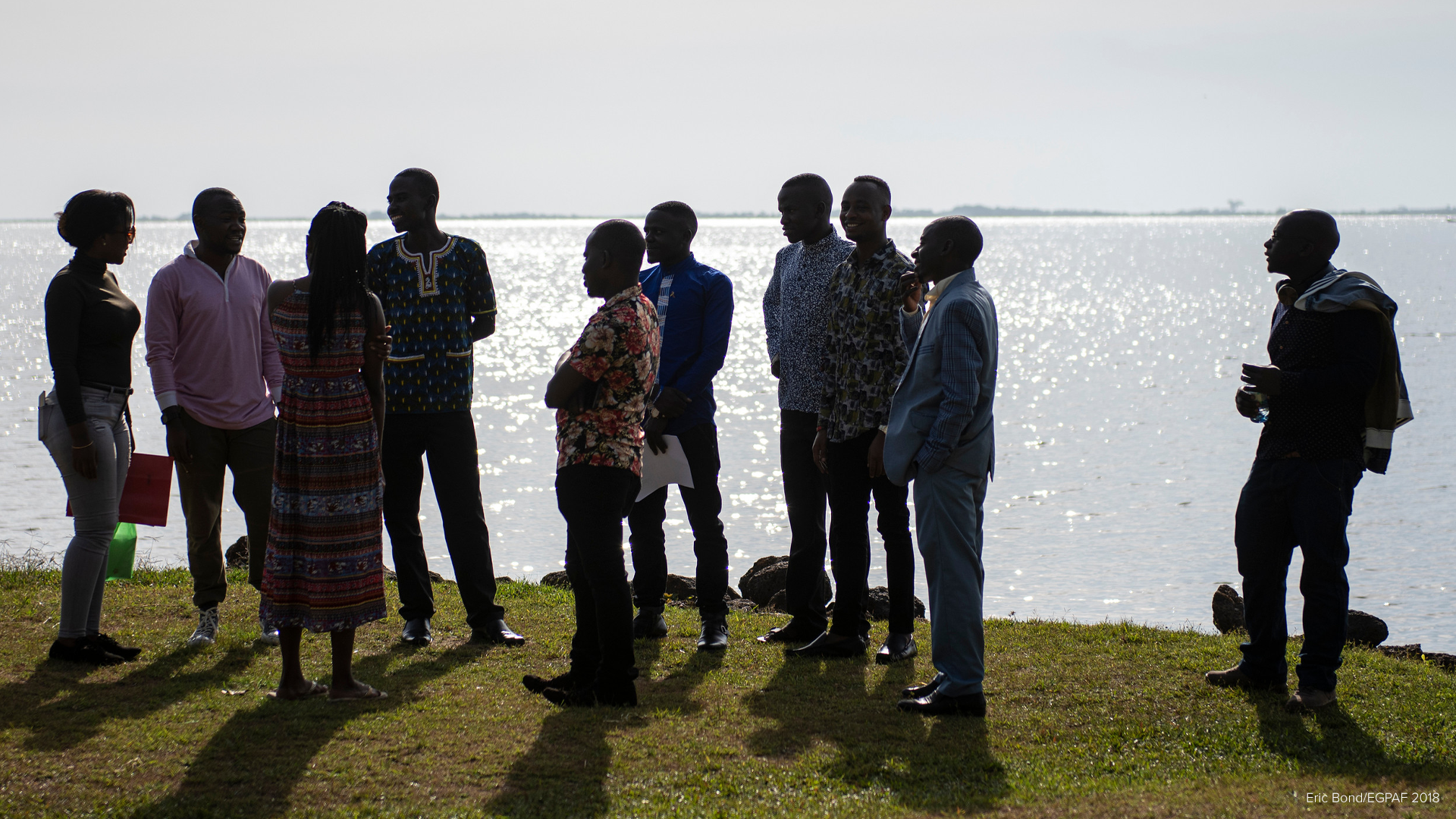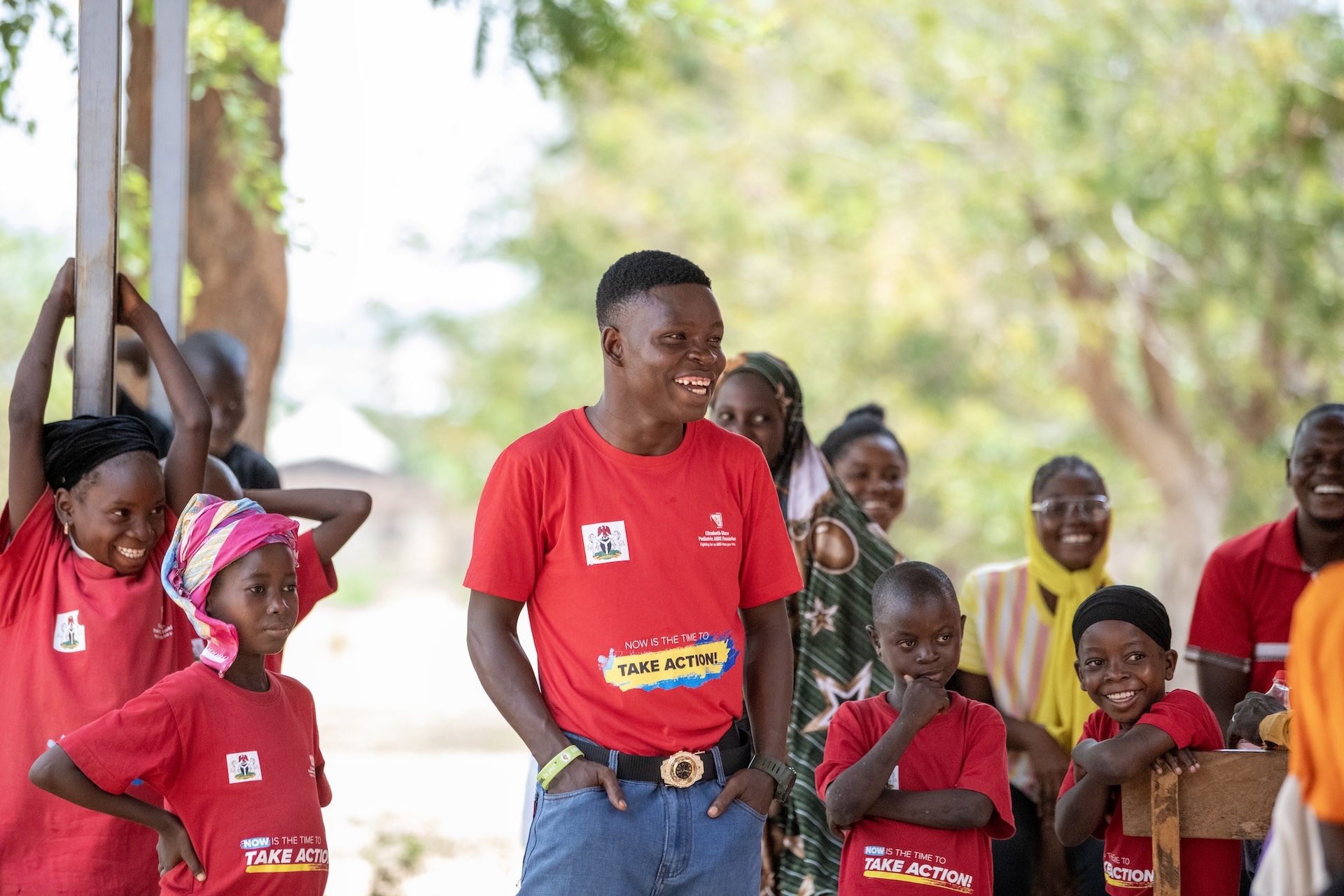The world came together last week at the United Nations High-Level Meeting on Ending AIDS to measure how far we have come and chart a way forward to the end of AIDS by 2030. We’ve come very far, very fast, particularly in reducing new HIV infections in children.
Standing in the light of this tremendous progress an exhilarating but fragile window of opportunity has emerged. This is why on June 8 the Elizabeth Glaser Pediatric AIDS Foundation joined UNAIDS, PEPFAR and others in the launch of Start Free, Stay Free, AIDS Free — a framework that calls for a worldwide sprint toward “super fast-track targets.” If met, it will usher in the end of AIDS in children, adolescents and young women by the time the decade is through.
But targets are only a part of what is required if we want to realize the promise of the first AIDS-free generation by 2020.
Here’s what we need to do to get there.
1. Keep up the pressure to eliminate new HIV infections in children worldwide.
The progress we’ve made in the past five years in the fight to end AIDS in children is truly one of the finest global health accomplishments of this young century. Galvanized by the ambitious course set forth by the Global Plan, new HIV infections in children have been reduced by 60 percent in the 21 priority countries most affected by HIV since 2009. The number of countries officially validated by the World Health Organization as having eliminated mother-to-child transmission of HIV is now four, with many more eligible and eager to join the list.
Now is not the time to slow down. Current levels of effort and commitment are not enough to get us to the elimination new pediatric HIV infections by 2020.
Challenges still abound. This is not a static epidemic, content to lie dormant while we carefully dissect its riddles one by one. We are battling a constant evolution of problems, and our solutions must be equally adaptable.
Consider the fact that 60 percent of new HIV infections in children are now occurring during the breast-feeding period, where a lack of focus has led to weak adherence and HIV-positive mothers being lost to follow up, causing a surge in transmission of the virus to their still vulnerable newborns.
In response we must redouble our efforts to find, initiate and retain HIV positive pregnant women in treatment, and make sure they stay on treatment not just through birth, but for the rest of their and their child’s lives. This means putting in place comprehensive health systems and services molded to respond to the reality of the communities they serve.
2. Help children with HIV get treatment faster.
For children living with HIV, a deadly clock starts ticking the moment they are infected. Each day that passes without treatment increases the probability that they will not live to see the next. Even with the great strides made in increasing access to treatment, which had long lagged far behind adults, half of HIV positive kids are still without treatment.
The average age of treatment initiation for children living with HIV is around 4 and a half years. Yet, we know that without treatment the majority of HIV-infected children will die before the age of 5. This means that the decrease in the number of children living with HIV in 2015 was partly driven by the fact that more children died before ever even getting on treatment. This is simply unacceptable.
Changing this requires an approach both urgent and pragmatic. Not enough children living with HIV are being identified through traditional health sites and clinics, so in order to reach them we have to go to where they play, learn and live.
We need to invest in and aggressively deploy new and innovative strategies and technologies that enable early diagnosis of infants’ right where they live and receive care. This reduces the amount of time between the test and result, and greatly increases the likelihood that those results end up in the hands of caregivers and mothers. We must continue to push for new and better formulations and regimens of drugs that are both easier for kids to take and for mothers to give consistently and correctly.
3. Let teens tell us how to treat teens.
There is some good news to be found here — more HIV positive children are living into adolescence than ever before. However at the same time, adolescent AIDS-related deaths have tripled since 2000, and it is now the leading cause of death for young people in Africa. The majority of these adolescents were infected with HIV through mother-to-child transmission, underscoring the cyclical nature of the epidemic in these groups.
Getting and keeping adolescents on treatment requires strategies and services that work with their unique age-related challenges, not despite them. Perhaps more than any other group, adolescents desperately need sound peer and social support structures to ensure that they are not shaken loose from treatment by the cultural pressures and emotional turbulence of youth.
They need programs, that they can grow with, shaped by their own voices and experiences, and that prepare them to transition successfully into treatment as adults.
4. Let data lead the way.
As any veteran of global health knows, without data we are blind. As the HIV epidemic has matured, the central importance of data has become clearer and clearer. It is how we measure our successes and identify our failures.
Time and time again, paying close attention to the stories the data on the ground are telling has enabled us to adjust our approaches to successfully navigate bottlenecks, counter challenges earlier and even anticipate ones that have yet to arise. Data empowers us to write enormous new chapters of success that we could never have authored on our own.
For example, the 2015 WHO guidelines that call for universal treatment as early as possible for all people living with HIV, were informed in part by evidence and experience that had resulted from the implementation of lifelong and immediate treatment for all pregnant women, mothers, and children under 5 living with HIV, two years prior. Then, after several studies looked at differences in outcomes based on when HIV treatment was started, the data led us the rest of the way.
This is why we must commit to push for the best and most accurate data possible at every level, disaggregated by age and gender.
The world is within reach of an achievement unique in the history of this epidemic — the end of AIDS for an entire generation. And not just any population, but those who are among our most vulnerable: our children, young men and women.
The boldness and determination reflected in last week’s international commitments, declarations and targets articulated in Start Free, Stay Free, AIDS Free and other documents provide ample fuel for the next phase of this journey. But if urgent action on global and national scales does not follow, this historic milestone will stay just beyond our grasp.
Is what we are asking ambitious? By necessity, yes.
But it is also possible, and that alone makes it worthwhile.
This piece was orginally posted by Devex: https://www.devex.com/news/eliminating-aids-by-2030-end-the-epidemic-in-children-adolescents-and-young-women-88291




